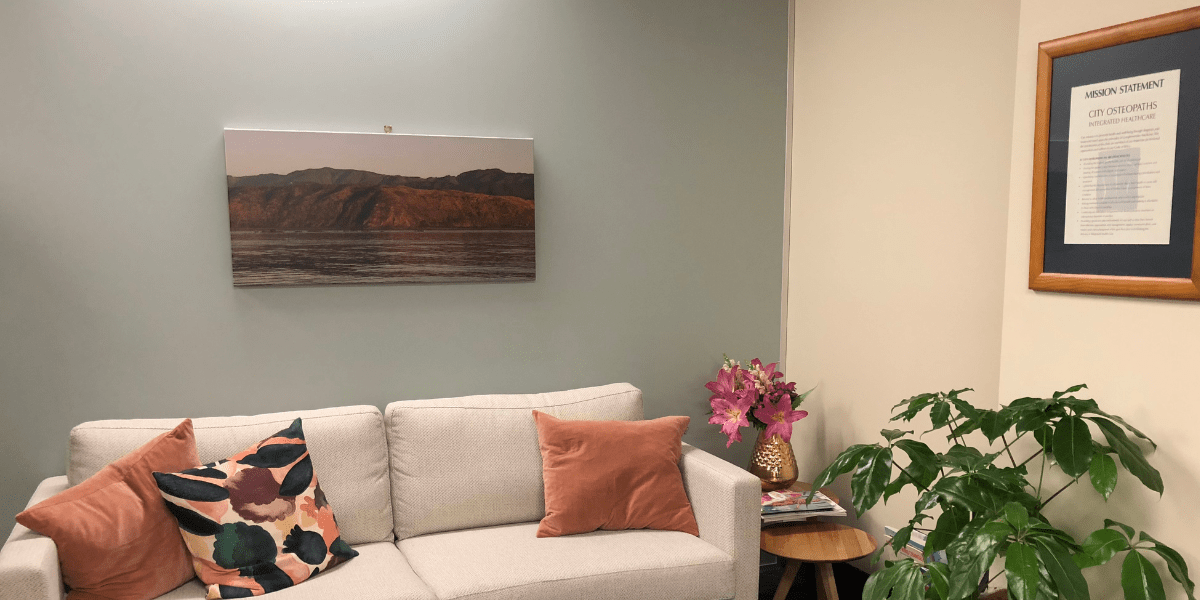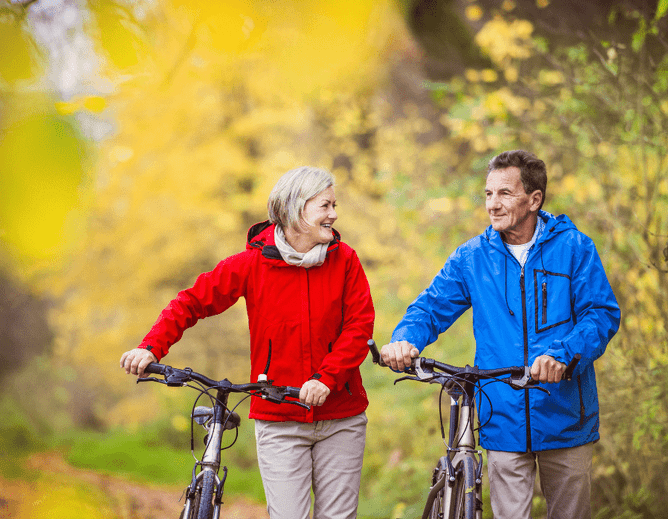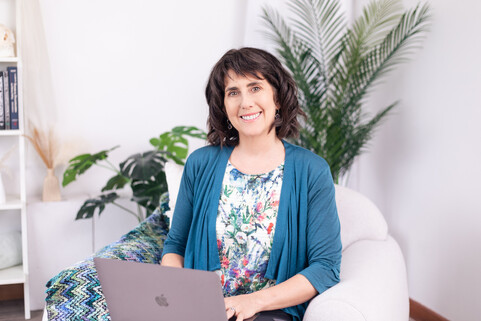At around forty to fifty years of age, we usually notice our joints getting stiffer and muscles tighter. Things we could do easily at twenty, can become an effort and without a wise approach, the risk of injury increases.
As a Registered Osteopath, I often hear “Oh it's just me getting older” from patients. However, have you stopped to think if that is really the case? It is true that our tissues lose some elasticity with the increasing loss of collagen as we head beyond forty, however research has shown it is a case of “move it or lose it” rather than the passing years that determines how mobile we are as we get older.
Movement is crucial for ‘oiling’ our joints with synovial fluid and improving the blood supply carrying nutrients and oxygen to every one of our 30-40 trillion cells in our body.
Here are my top eight tips for keeping mobile as we age:
1) Develop a daily routine of gentle movement and stretches - this can be as short as five minutes but needs to be done daily. Once you start, be determined to continue each day for the whole week, then add another week till you get to 3 or 4 weeks and then decide if it is helpful to you. Not missing a day means you can never go through being stiff and sore again! Avoid sitting for longer than 30-40 minutes at a time as this increases your risk of all causes of mortality - get up and move/stretch/walk for a few minutes at least, to get your blood circulating and cells functioning better.
2) Time your main stretches for the same time each day, at a time that works for you. Research shows that moving soon after waking is most beneficial for our autonomic nervous system. So you could do your moves before breakfast, or if that is not possible, when first home from work or just before bed. I suggest that “you wouldn't miss brushing your teeth for a day, so think of your mobility exercise like that and don't miss a day!”
3) Start gently and slowly build up. Some days you may only manage a couple of minutes and do your favourites, but at least you have not missed a day. Over time you might start to enjoy them so much you go to ten minutes or even thirty minutes on the weekend and really feel the benefits. Adding in a weekly class in Pilates or yoga with a qualified and experienced teacher is also very beneficial to support the daily practice and correct any technique issues you may have.
4) If you are not sure which exercises to start with, ask one of our Registered Osteopaths, we are experts in anatomy, physiology and suitable exercises for different ages and capabilities. Also, if we have treated you, we will pretty clued up about what will be best for your body, where to start and how to progress!
5) Walking is usually a good way to get moving and within most people's ability. Try to walk on natural ground, this means surfaces that have some 'interest' to them rather than just flat pavements. Using minimalist footwear such as Vivobarefoot shoes can really help improve the amount of proprioceptive feedback your central nervous system gets from your feet and legs which can be very helpful in reducing some forms of back pain. Check with your osteopath first to see if 'zero drop' shoes would be suitable for you.
6) Ideally get your partner, friends or whole family joining in! If you can encourage each other, this will help you keep going. Also, the whole family and your friends benefit, with better posture and mood (think increased blood to your brain improving memory and cognition and also enjoying more exercise induced endorphins!).
7) Once you are moving comfortably, it's a great plan to add some weights - start light and again ask your osteopath or local PT how to get started. Some squats to strengthen your legs first can be a good idea. Using weights will increase your body's capacity as well as releasing more endorphins so you feel really good.
8) Add some balance exercises in there, this can be as simple as standing on one foot as you brush your teeth. Right foot for the top teeth, left foot for the bottom teeth. Being able to balance on one foot is crucial for safe walking and avoiding falls as we age. Falls are what can really set a person back when they are getting older, it's the fall and break a hip or hit the head, which may be the injury never quite recovered from. Practice to get up to one minute on each leg as a good baseline. If you have to have one finger holding on for the first few weeks then that is fine - better to practice and improve than give up on yourself!
(PS: If you have had a fall or other injury, then you don't need a doctors referral to come see one of our osteopaths. We can help you fill out the ACC forms in our clinic. We are able get you back on your feet in the nicest possible way then give you some suitable exercises to help prevent recurrence and to improve your overall wellness and mobility).
Finally, I can report this approach really works, not just from formal research, but from my experience, having now completed over ten years of daily mobility and strengthening exercises without missing a day. I feel SO good with this daily routine. I found by committing to it and waking a bit earlier, I have been able to fit it into each day, while working full-time as a Registered Osteopath, being a busy small business owner and mum of two. It really is about prioritising your health in your day.
"If you can allocate the small amount of time and make a commitment to yourself to do it daily, I promise you that keeping mobile as you age, IS possible!"
To find out more about the author Melanie, click here.



